

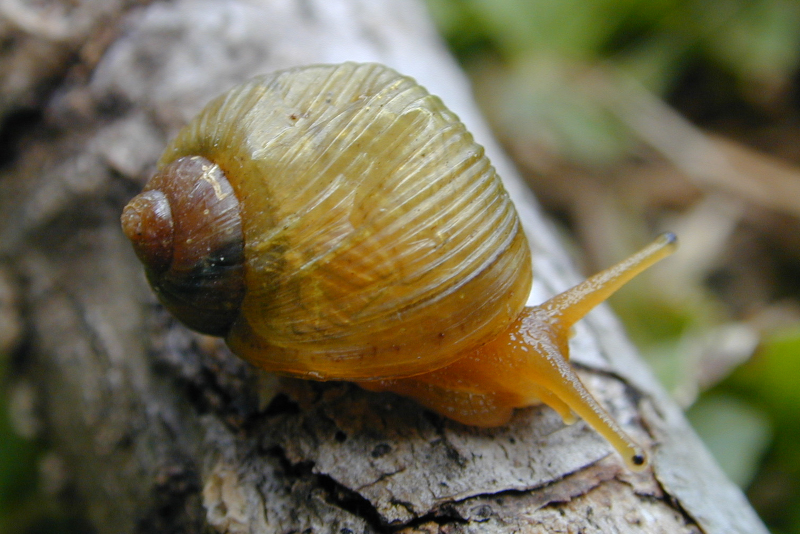
A study analyzing discoveries made over the last 20 years found that nearly half of all snails and slugs were described by researchers who did not work in the countries where they were found.

A study analyzing discoveries made over the last 20 years found that nearly half of all snails and slugs were described by researchers who did not work in the countries where they were found.
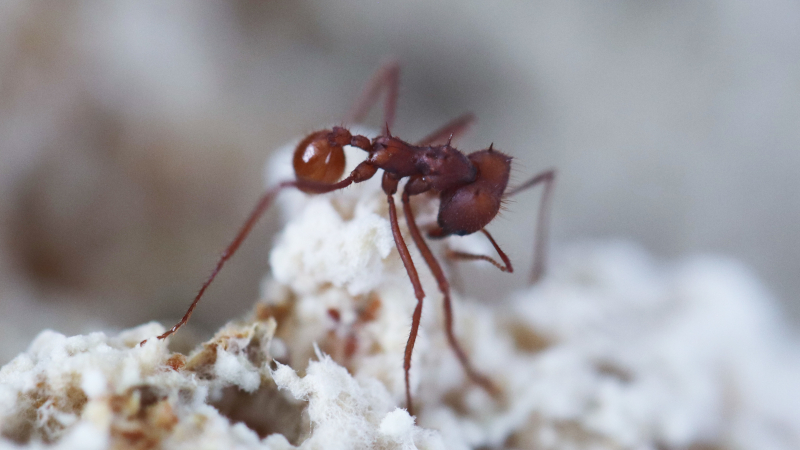
Analysis of 309 strains collected in eight countries indicates that the genus Escovopsis emerged 56.9 million years ago, but only began interacting with today’s mutualistic ants 38 million years ago, challenging the theory that they all emerged at the same time.

Analysis of 309 strains collected in eight countries indicates that the genus Escovopsis emerged 56.9 million years ago, but only began interacting with today’s mutualistic ants 38 million years ago, challenging the theory that they all emerged at the same time.
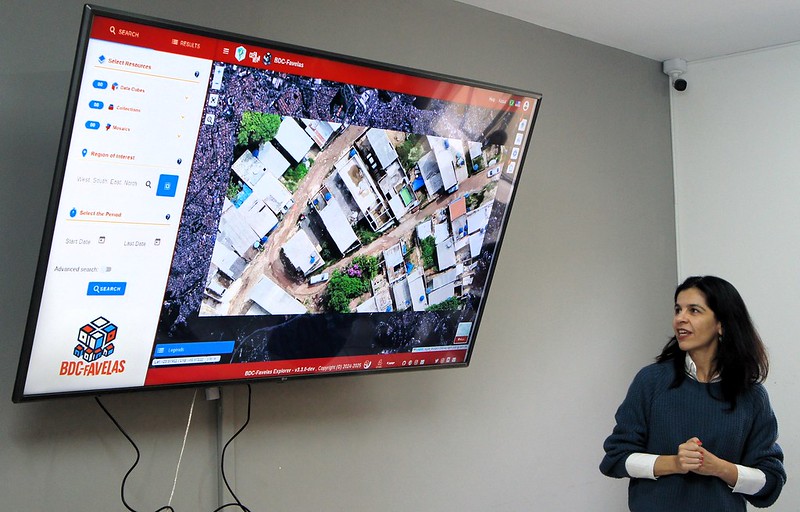
The Center for Favela Studies project was launched in the municipality of Jacareí, São Paulo state, using data from the state system that registers low-income families in social assistance programs.

At the FAPESP Day Uruguay symposium, Pedro Brancalion, a professor at the University of São Paulo, presented the results of a project that aims to leverage the country’s carbon credit market.

A review of 467 studies also points out that, instead of alleviating feelings of fear and anxiety, weapons increase them, as well as exacerbating controlling behaviors and causing domestic violence.

Unprecedented footage of jaguar cichlid being preyed upon was captured after heavy rains caused the overflow of freshwater into Sueste Bay, the species’ feeding ground.

Researchers at São Paulo State University are investigating how hormonal fluctuations throughout a woman’s life influence the immune system and how physical exercise can mitigate these effects.

Startup supported by FAPESP maps bacteria present in pets’ intestines to offer personalized diet suggestions.
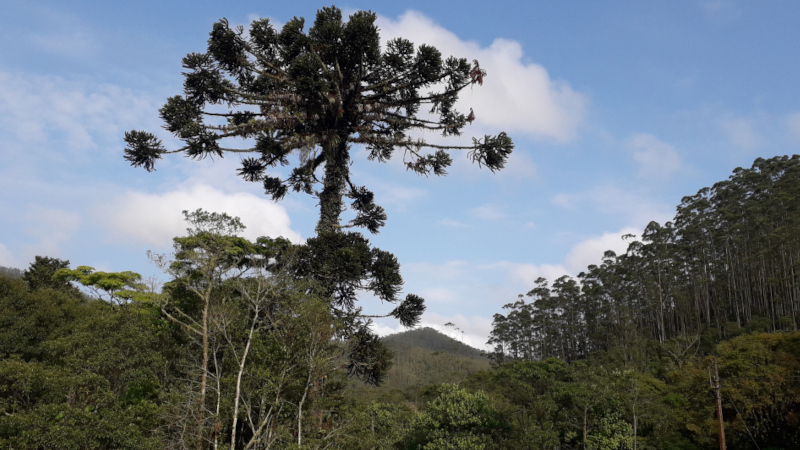
Study identifies 167 native species of the Atlantic Forest with bioeconomic applications: 58% in the medical field, 12% in cosmetics, and 5% in the food sector; 78 species (46.7%) have patents registered in 61 countries, only 8% of them in Brazil.

A study by a FAPESP-supported research center showed that the surfaces change when an electron beam is applied. The material has potential for applications in semiconductors, antibacterial agents, gas sensors, and more.

A study by a FAPESP-supported research center showed that the surfaces change when an electron beam is applied. The material has potential for applications in semiconductors, antibacterial agents, gas sensors, and more.

Combining field research data with climate model projections, a study has reconstructed the activity of the Atlantic Meridional Overturning Circulation – one of the main drivers of the Earth’s climate – throughout the Holocene. Projected scenarios for the future are unlike anything seen in the last 6,500 years.
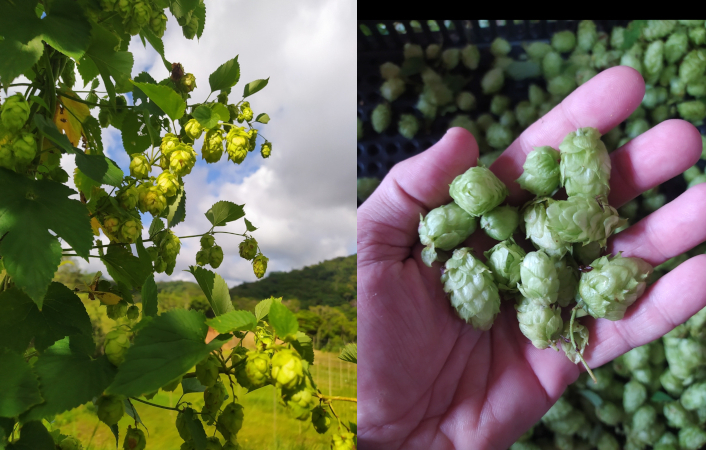
Project developed in the state of São Paulo, Brazil, allows for the highly efficient extraction of aromatic and bioactive compounds, reducing logistics costs and increasing beer quality.
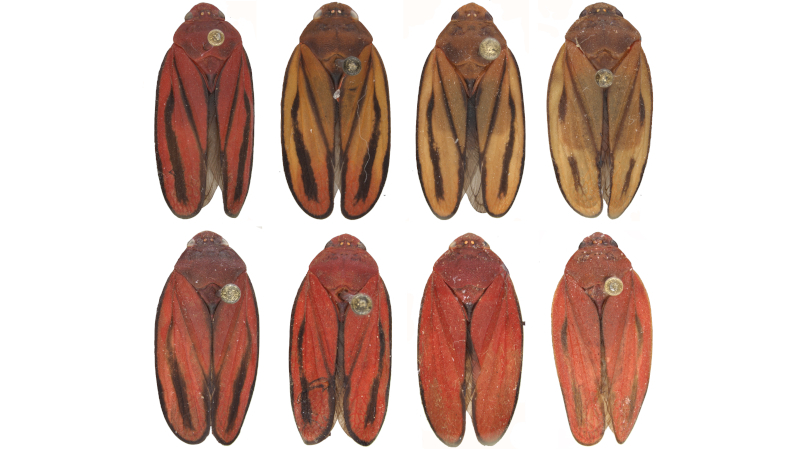
Analyses show that a sugarcane spittlebug, found in the Southeast and South of Brazil since the 1960s, was mistaken for other species that are similar to the naked eye.
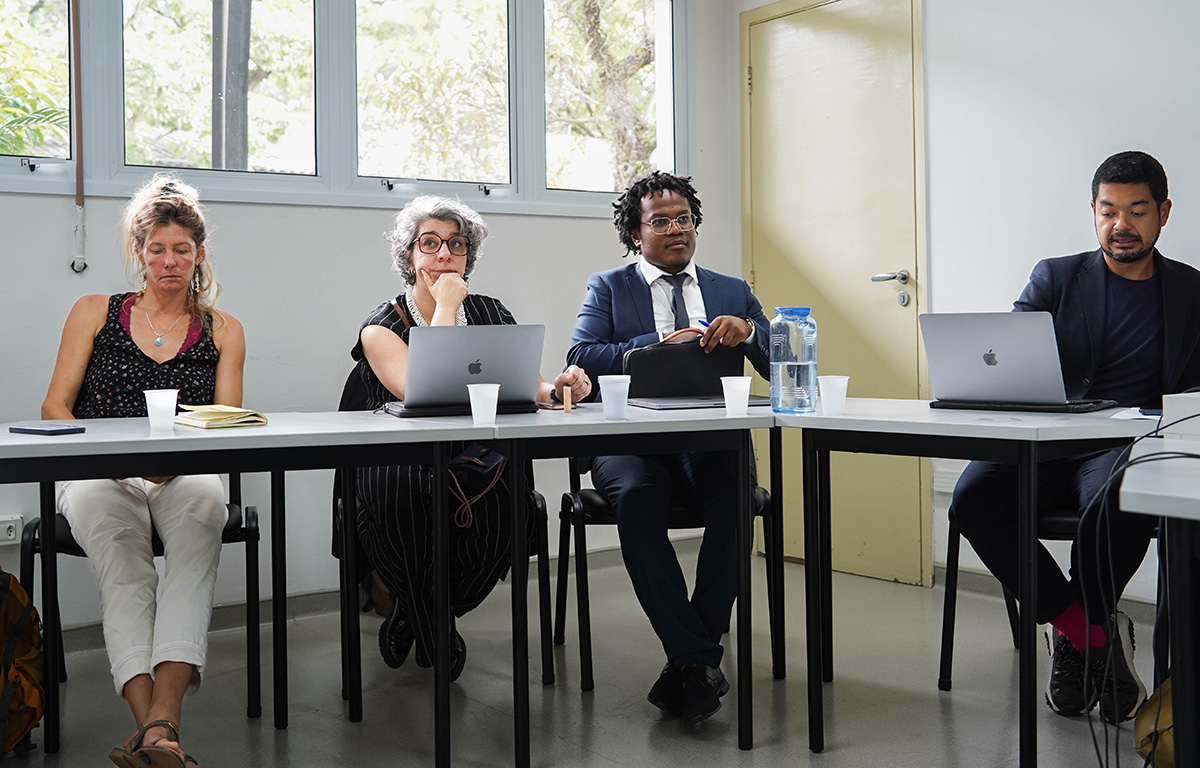
The topic was addressed in a workshop organized by the project “Democlites – Democracy, Climate, and Ecological and Social Transition,” a joint initiative of Université Paris 1 Panthéon-Sorbonne and USP supported by FAPESP.

Study shows that the liver receives and sends a series of metabolism-related products derived from the gut microbiome to the heart.

FAPESP-supported startup creates immersive educational solutions ranging from academic laboratories to team training in industries.

Work carried out at the State University of Campinas used environmentally friendly solvents and ultrasonic waves to remove the substance and increase its absorption by the body.

One of the world’s leading experts on the fruit, Hervé Rogez, a professor at the Federal University of Pará, warns about the social, environmental, and economic impacts of “açaízation” in the Amazon.

Developing nations hold most of the mineral reserves essential for clean energy and already have experience and a pioneering spirit in creating new markets, such as bioenergy and electric cars, according to participants in a panel discussion promoted by FAPESP at COP30.
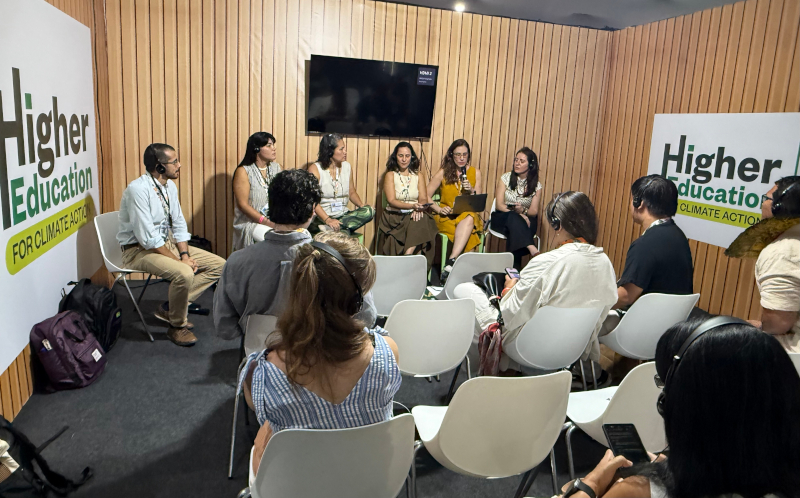
In a panel discussion held in the Blue Zone of the conference, a Brazilian IPCC researcher said that discussions on the subject must reach society through accessible communication without losing scientific rigor.
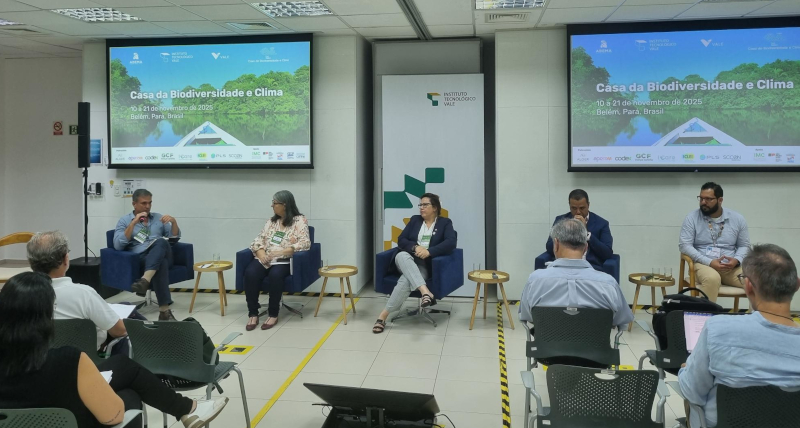
This assessment was made by participants at an event promoted by FAPESP, the Brazilian Association of State Environmental Agencies, and the Vale Technological Institute during COP30.
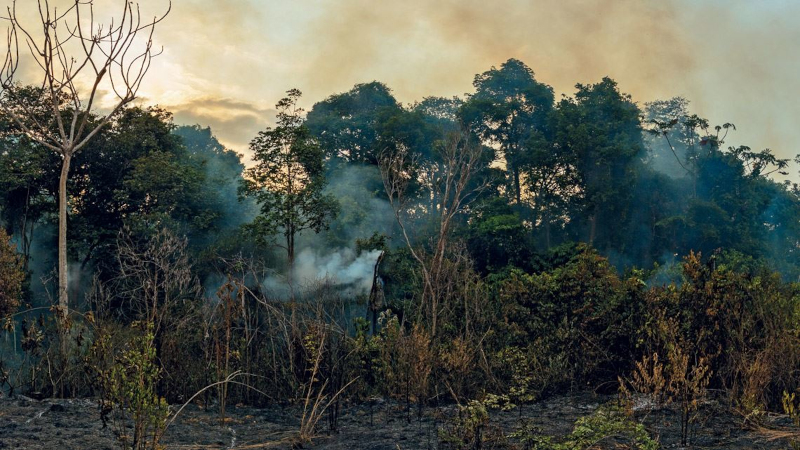
At an event in the Blue Zone at COP30, the physicist and climatologist stated that the world is close to surpassing the 1.5 °C average warming limit and is heading towards 2.8 °C.